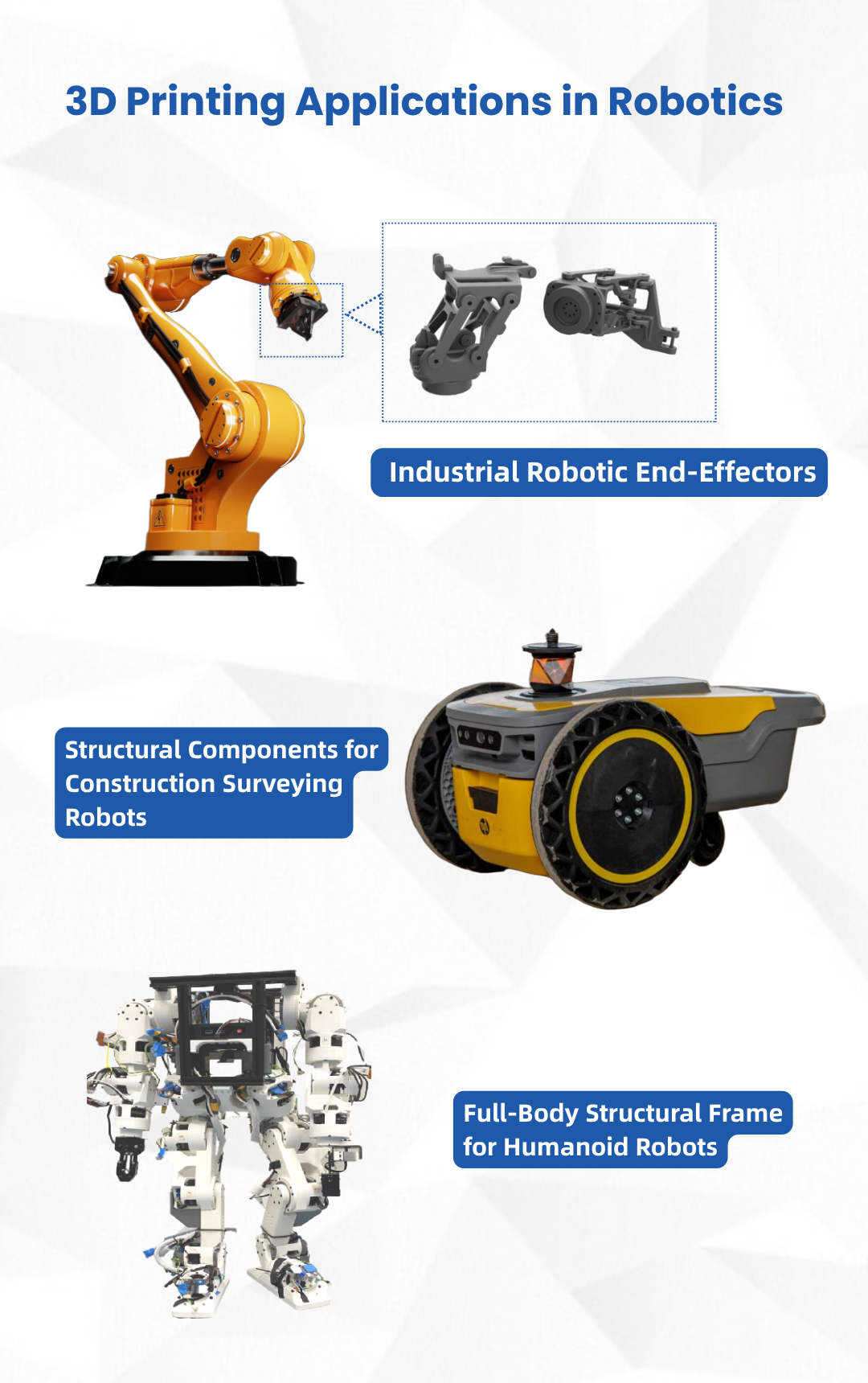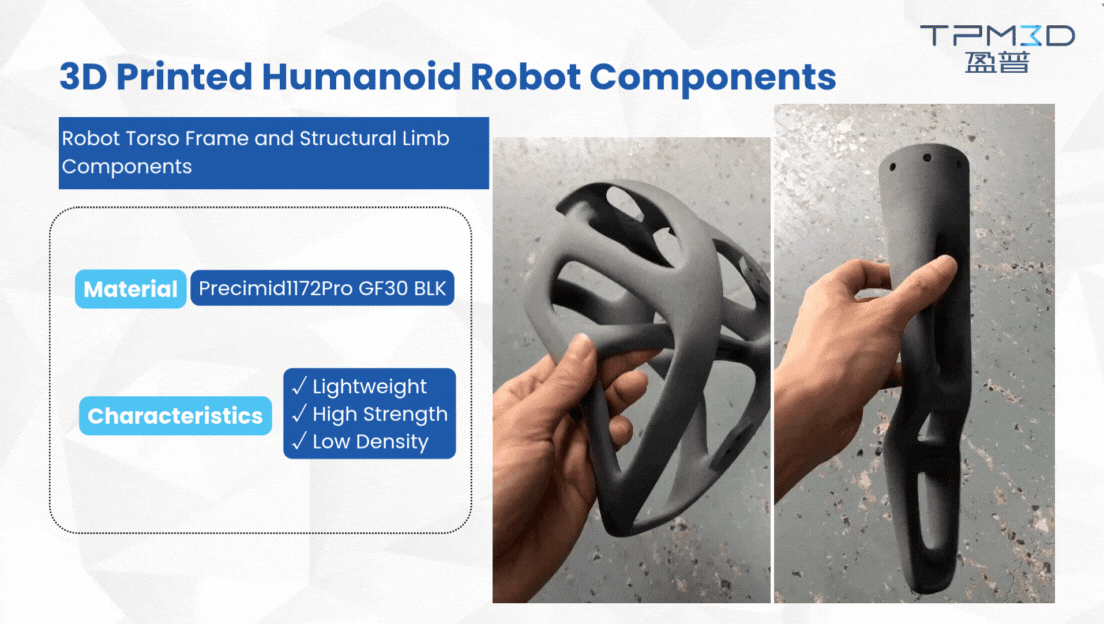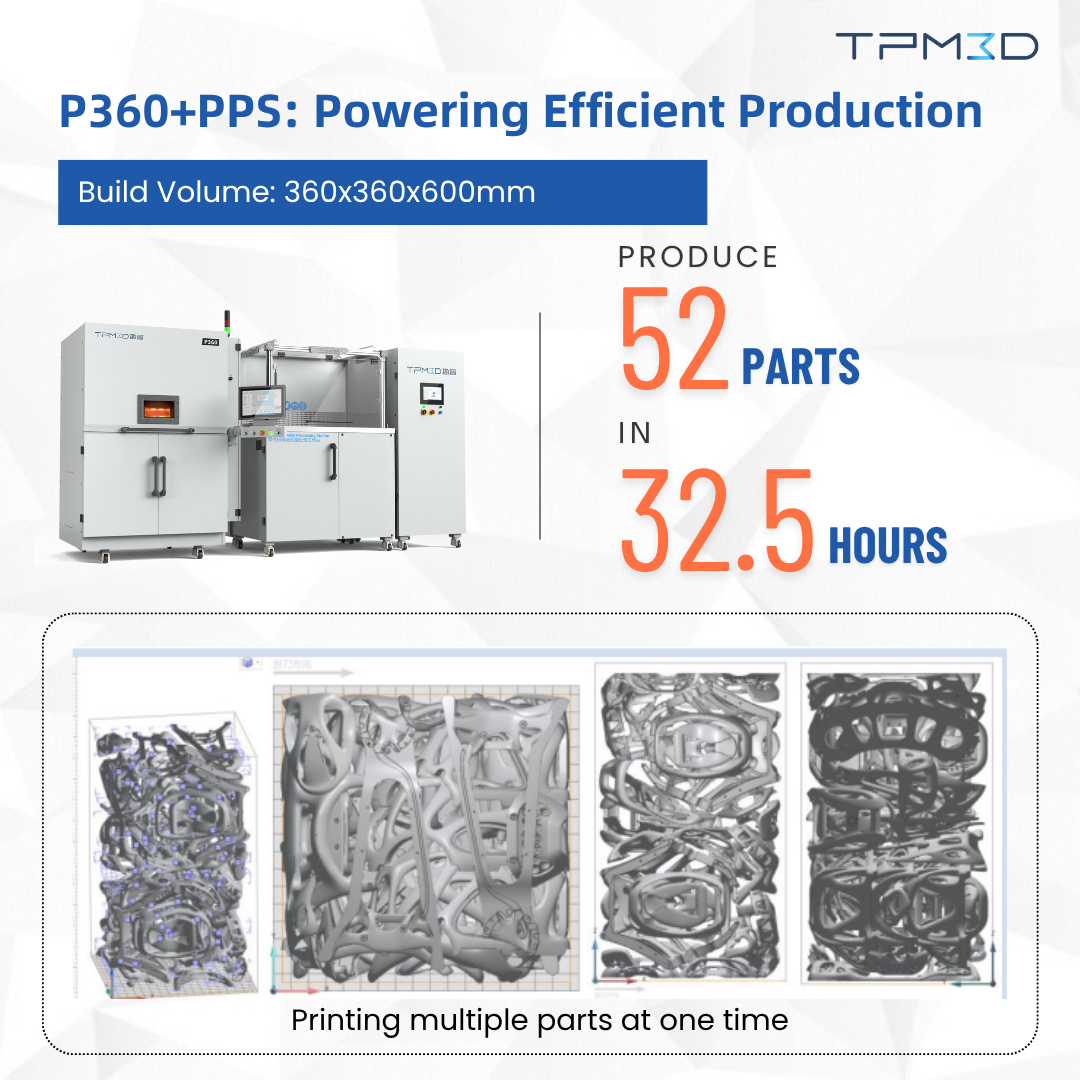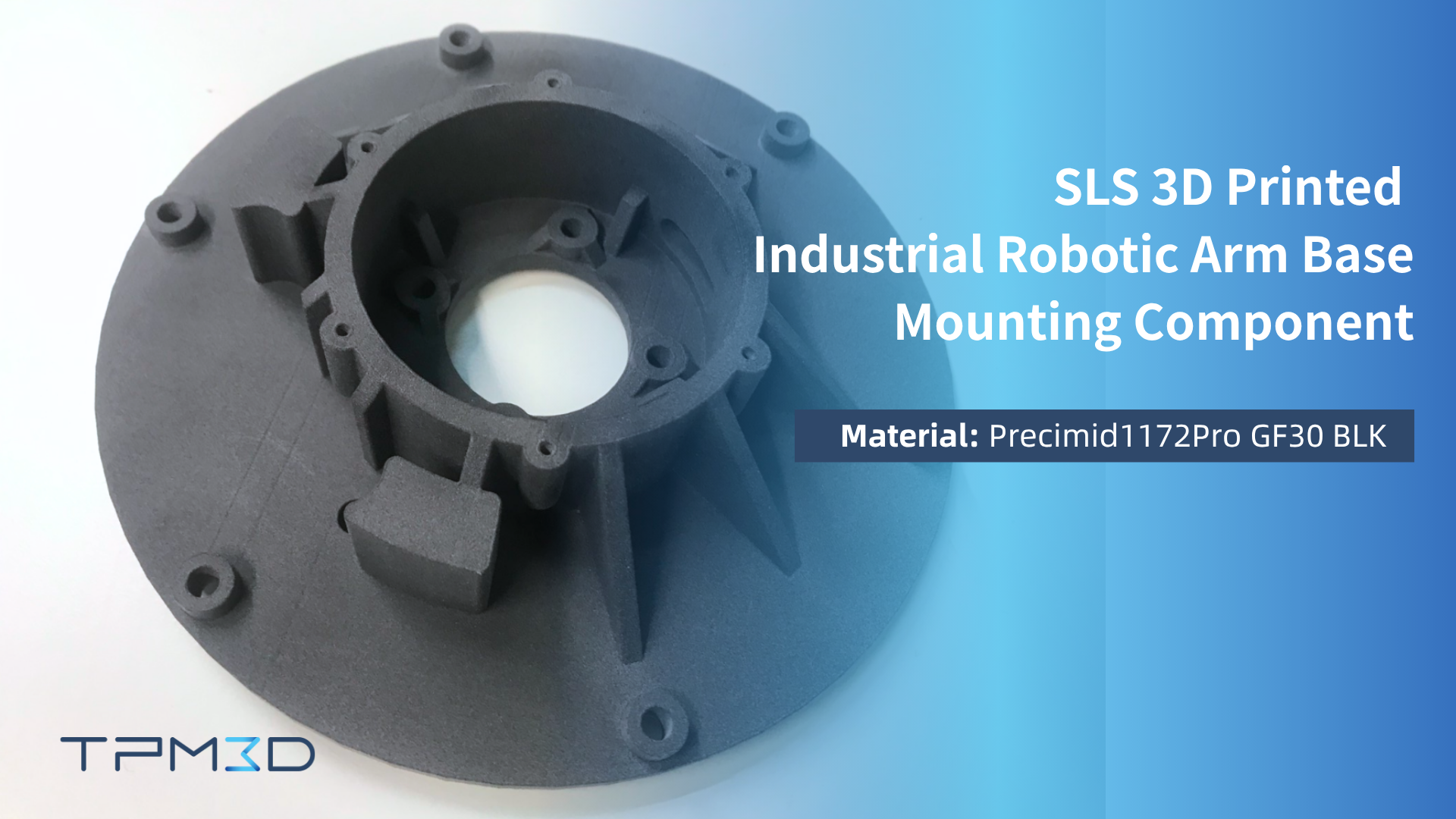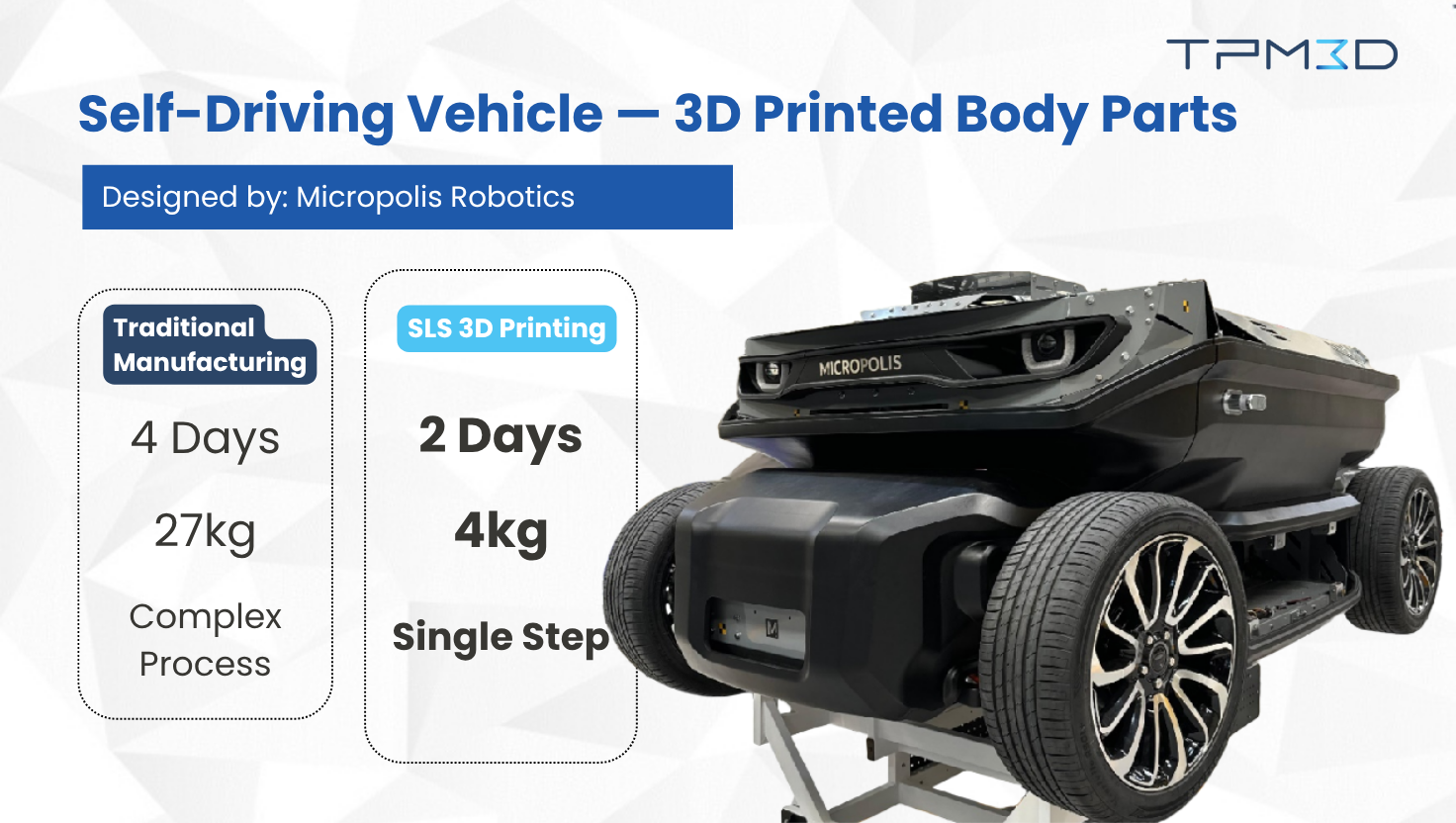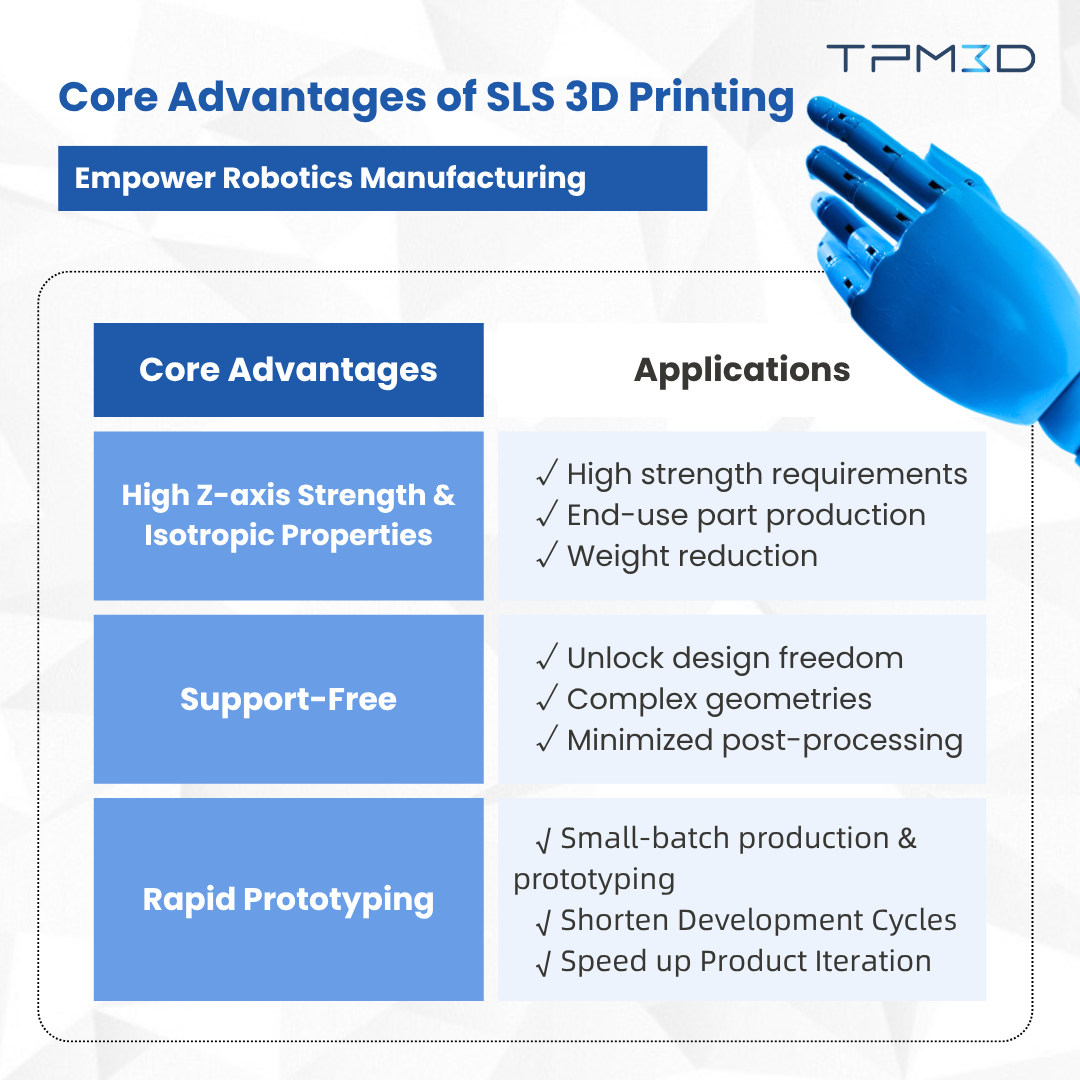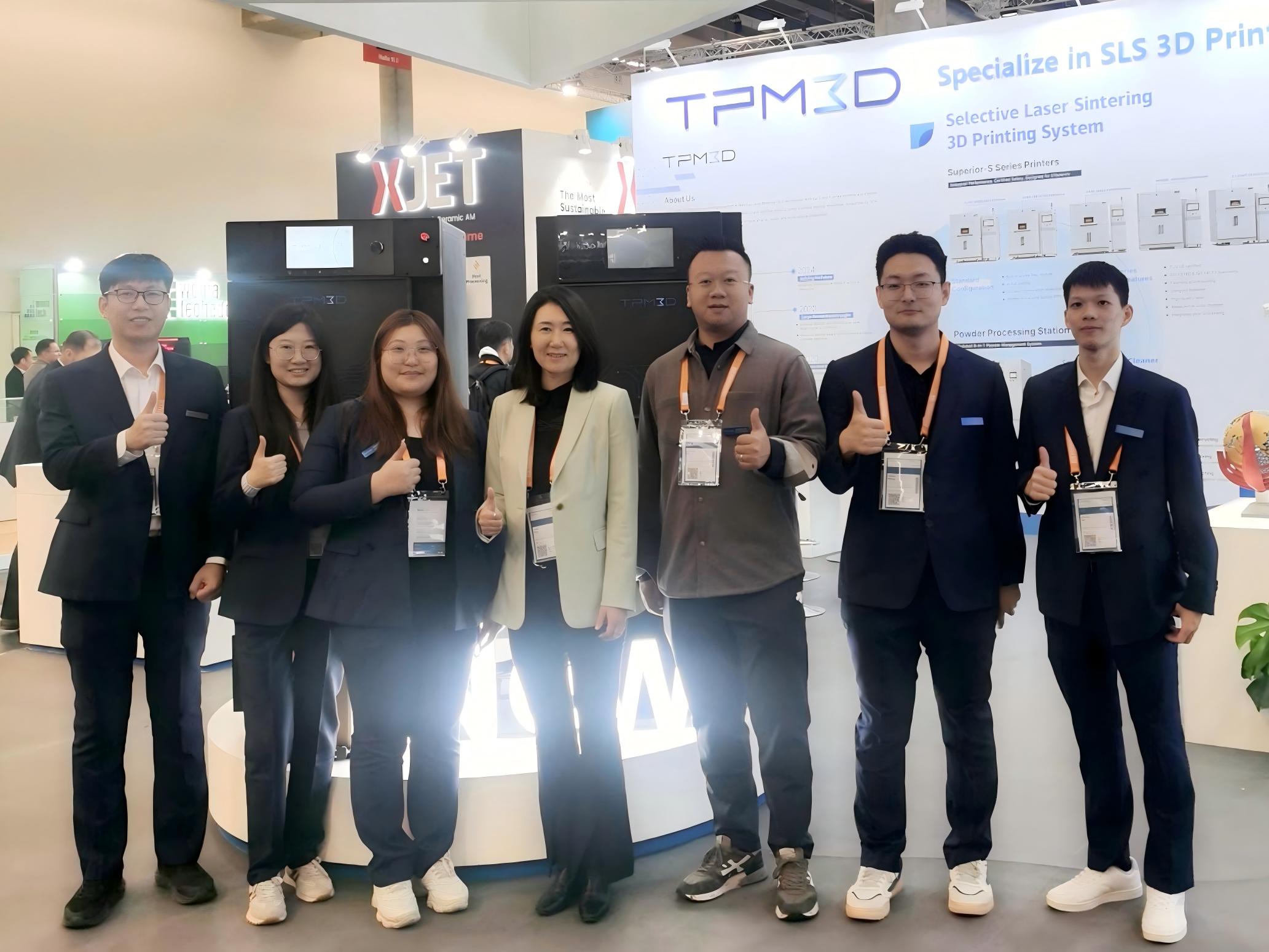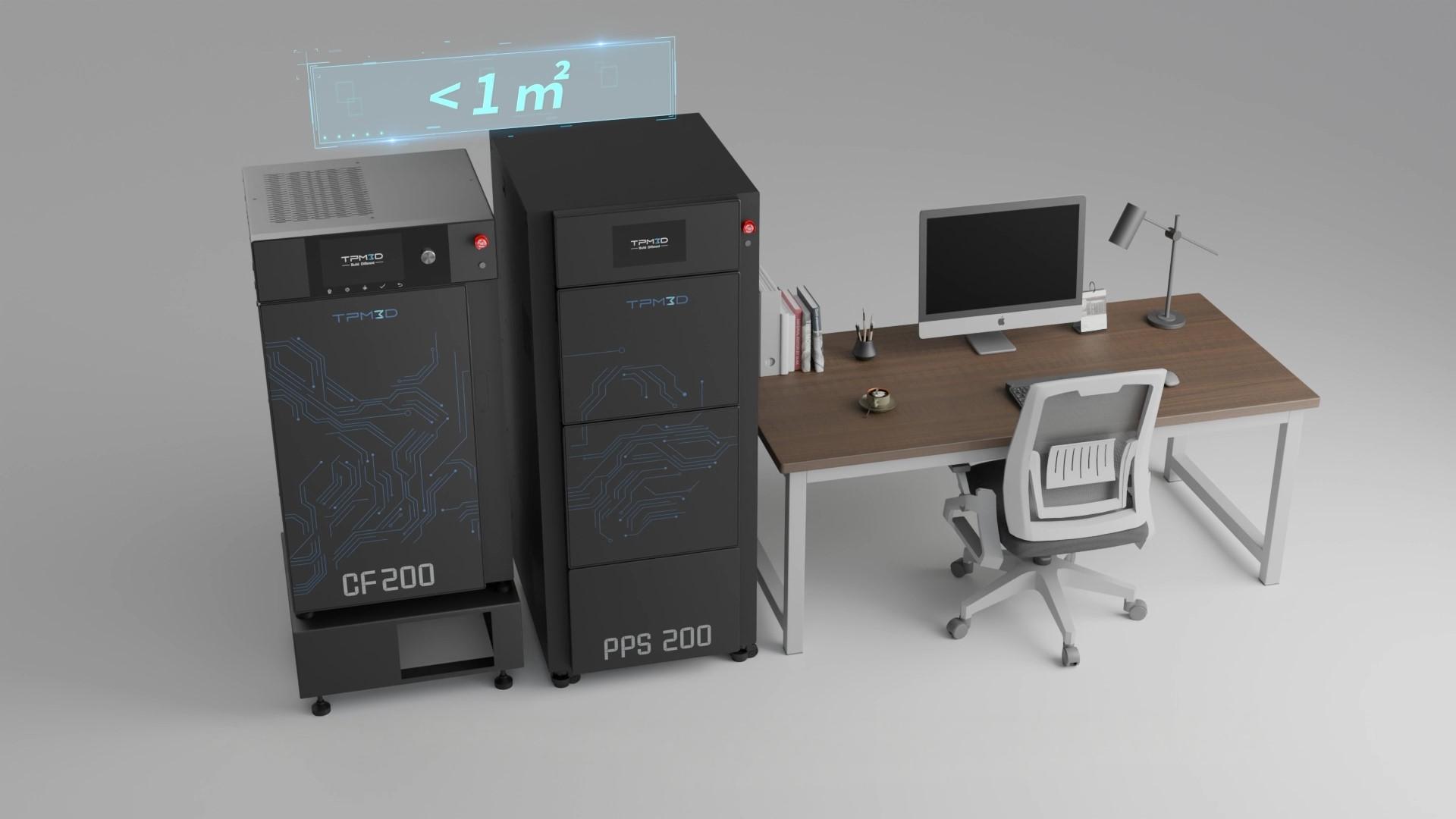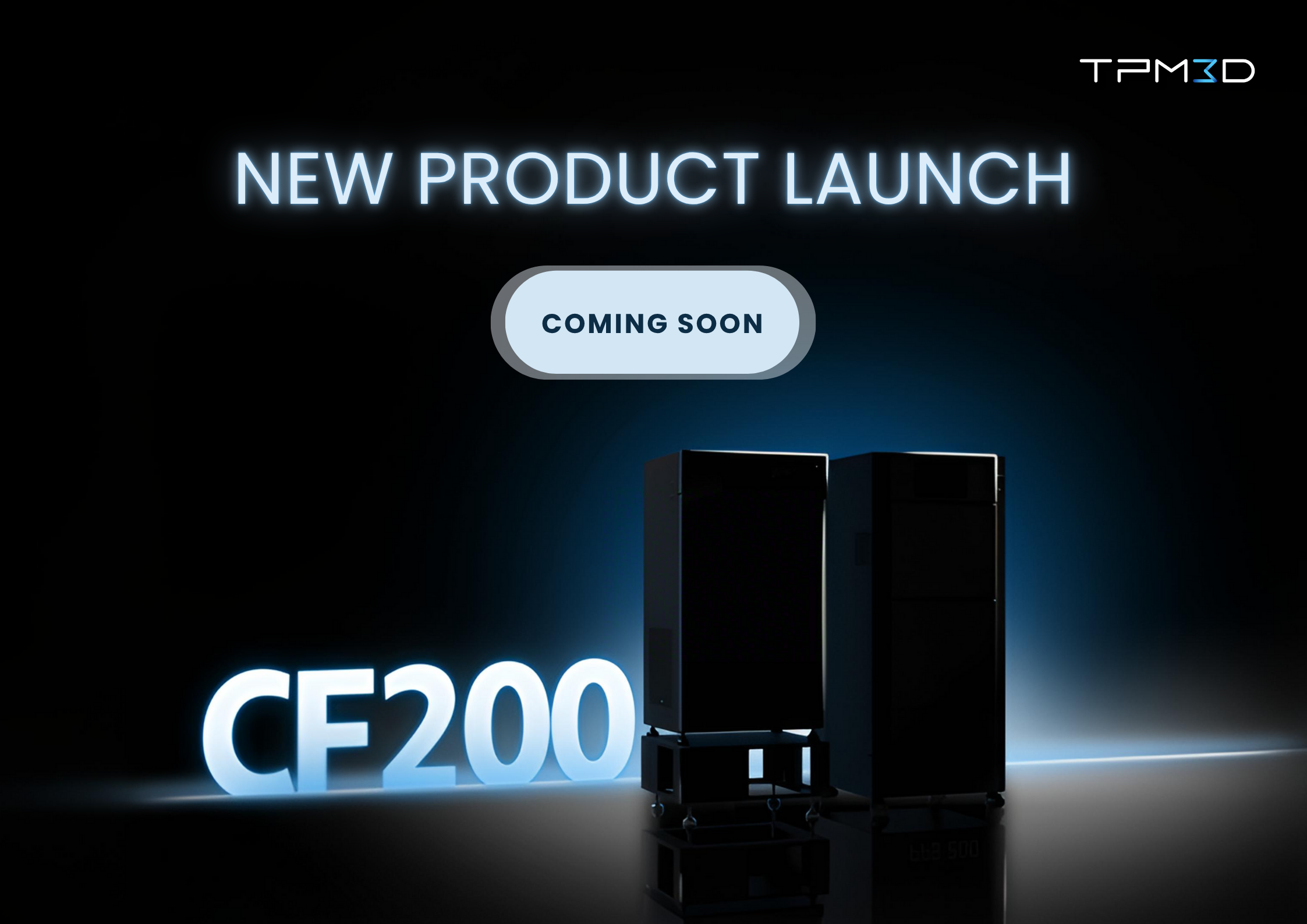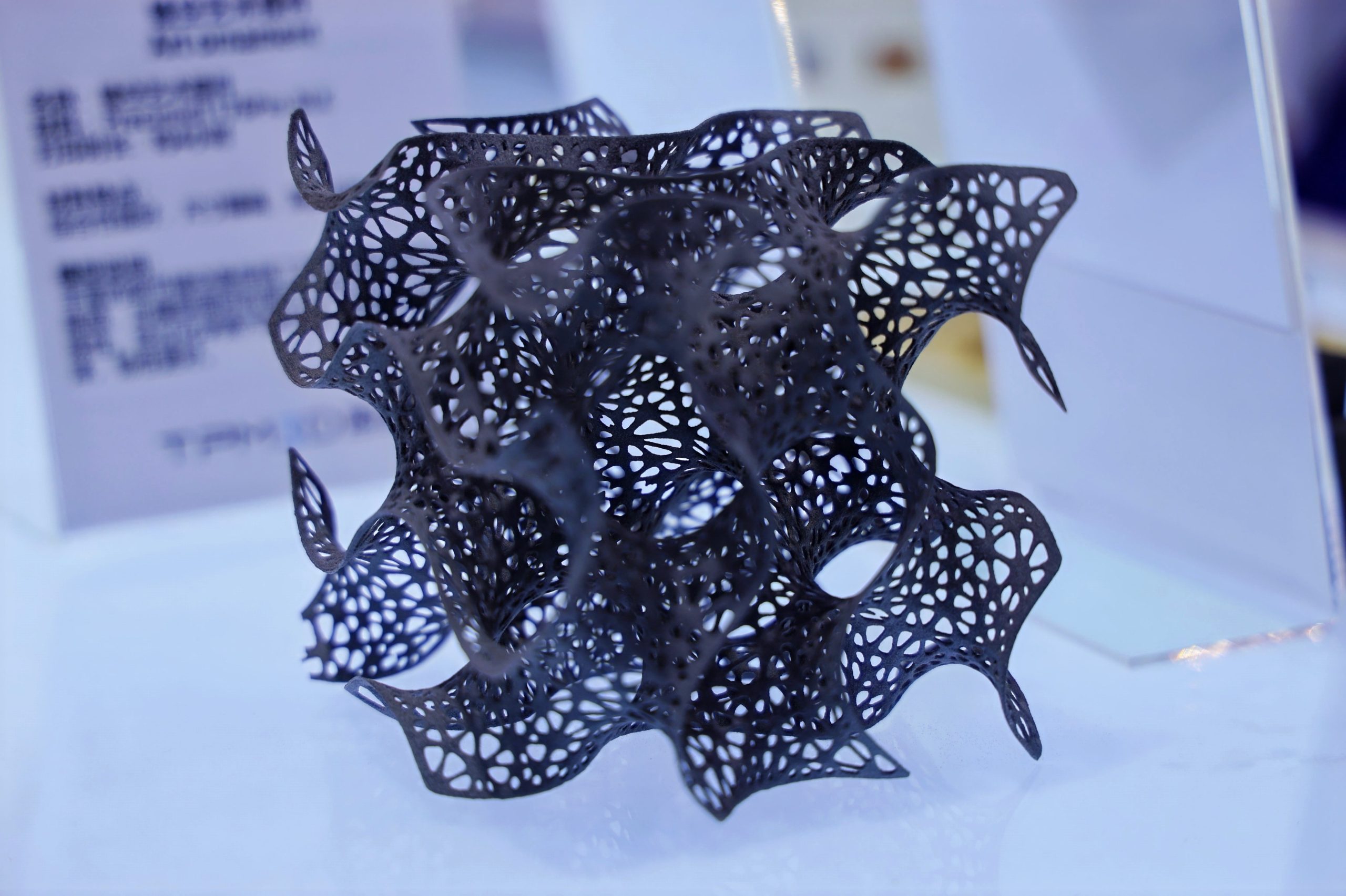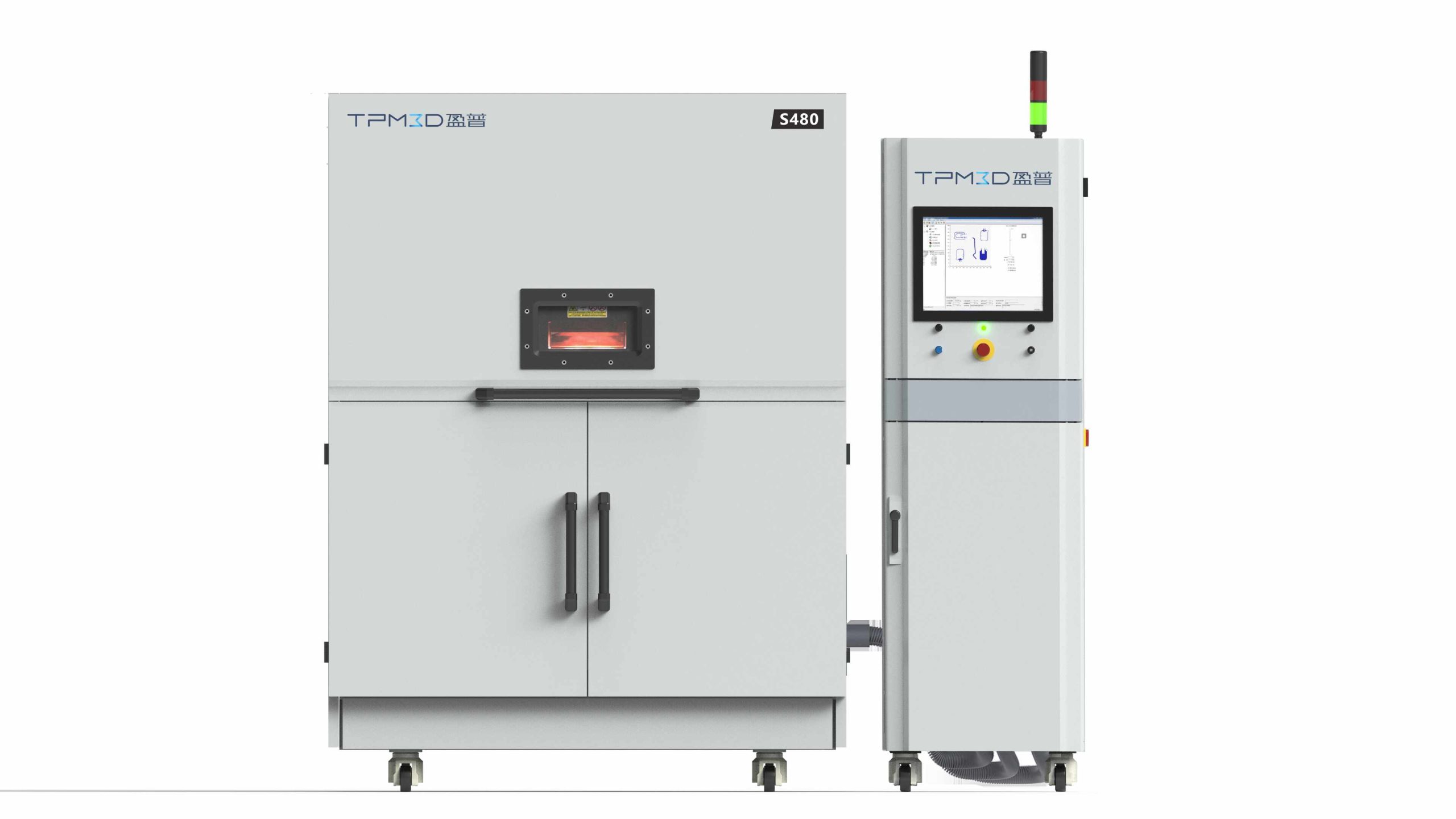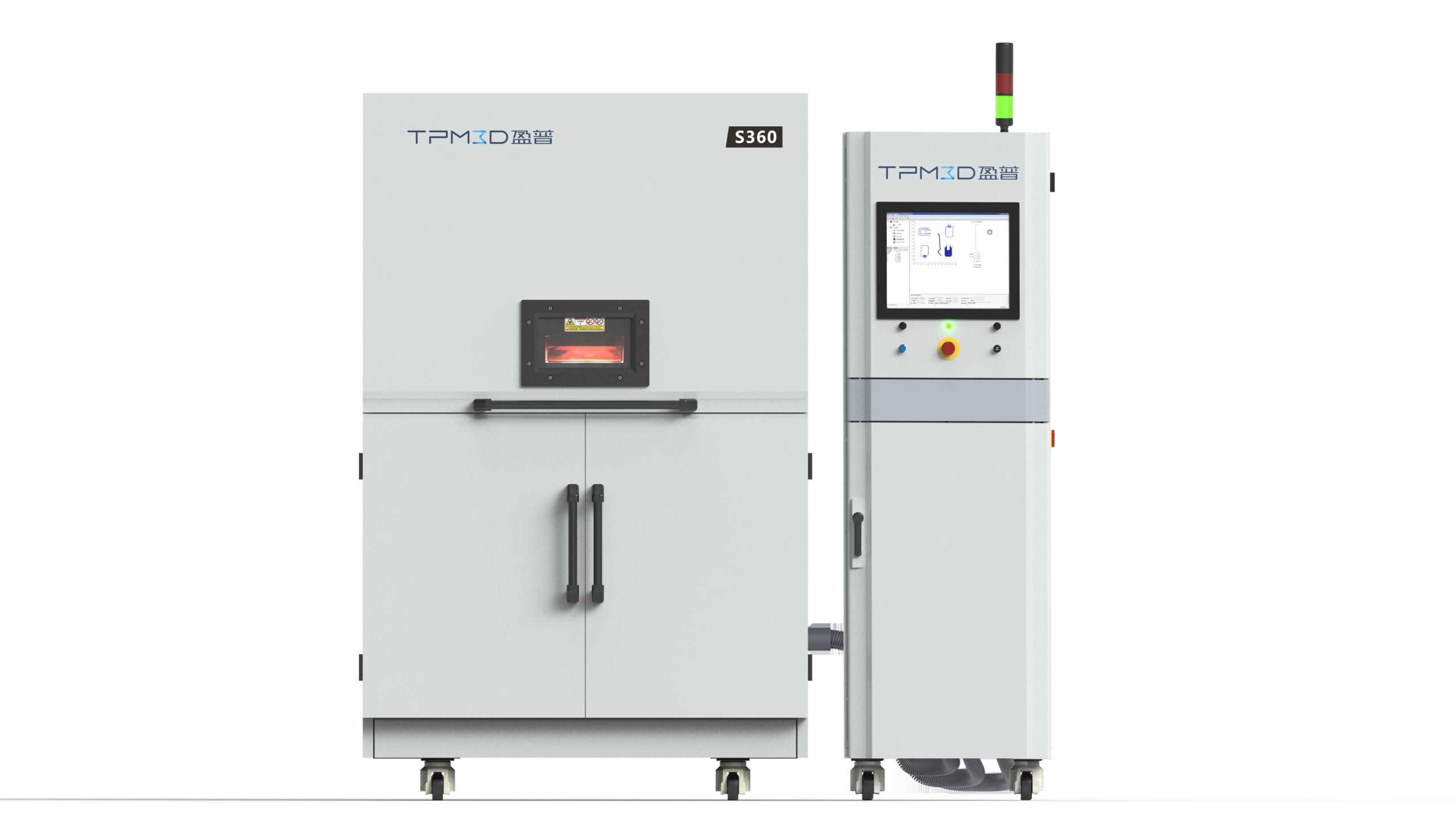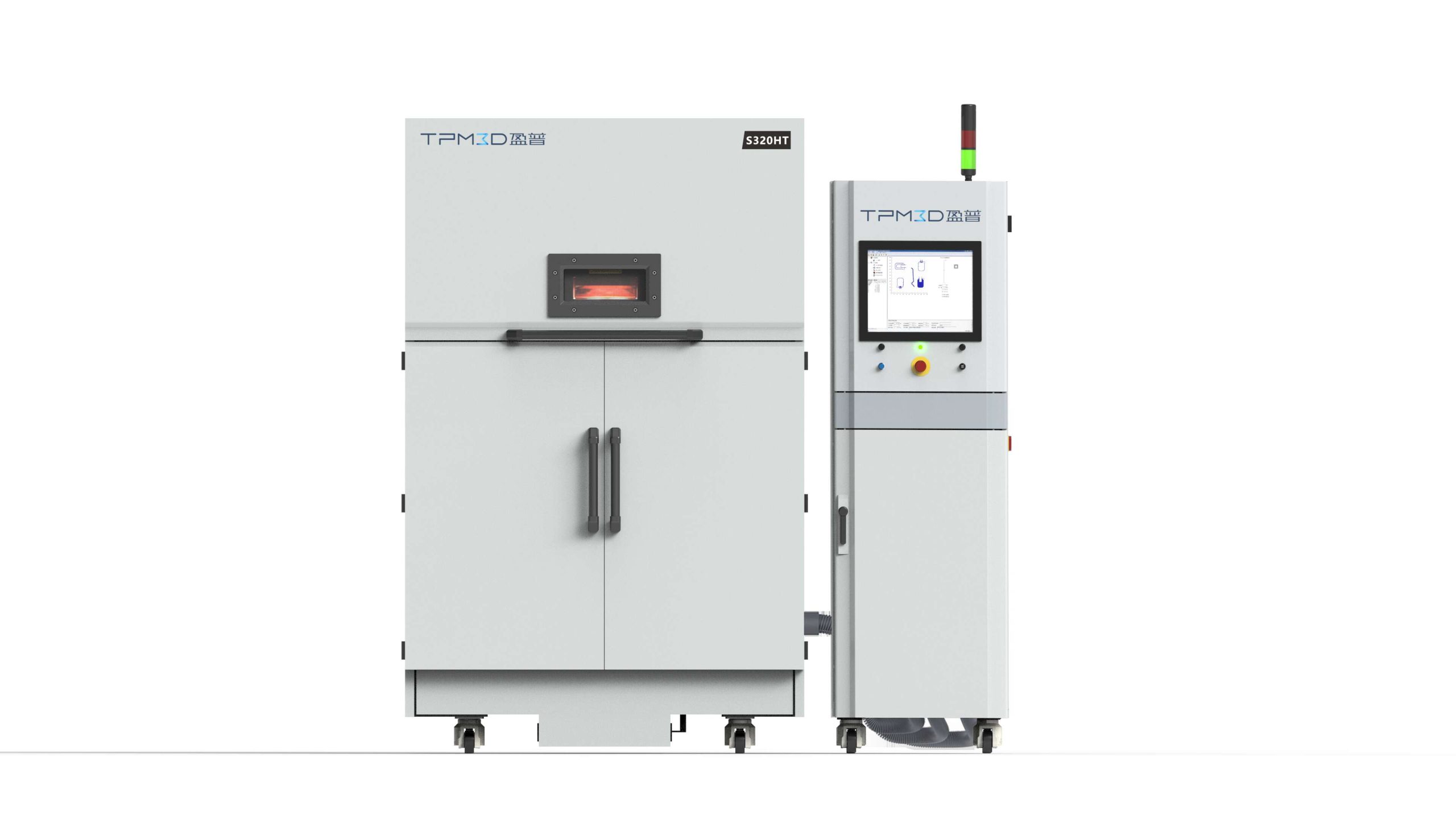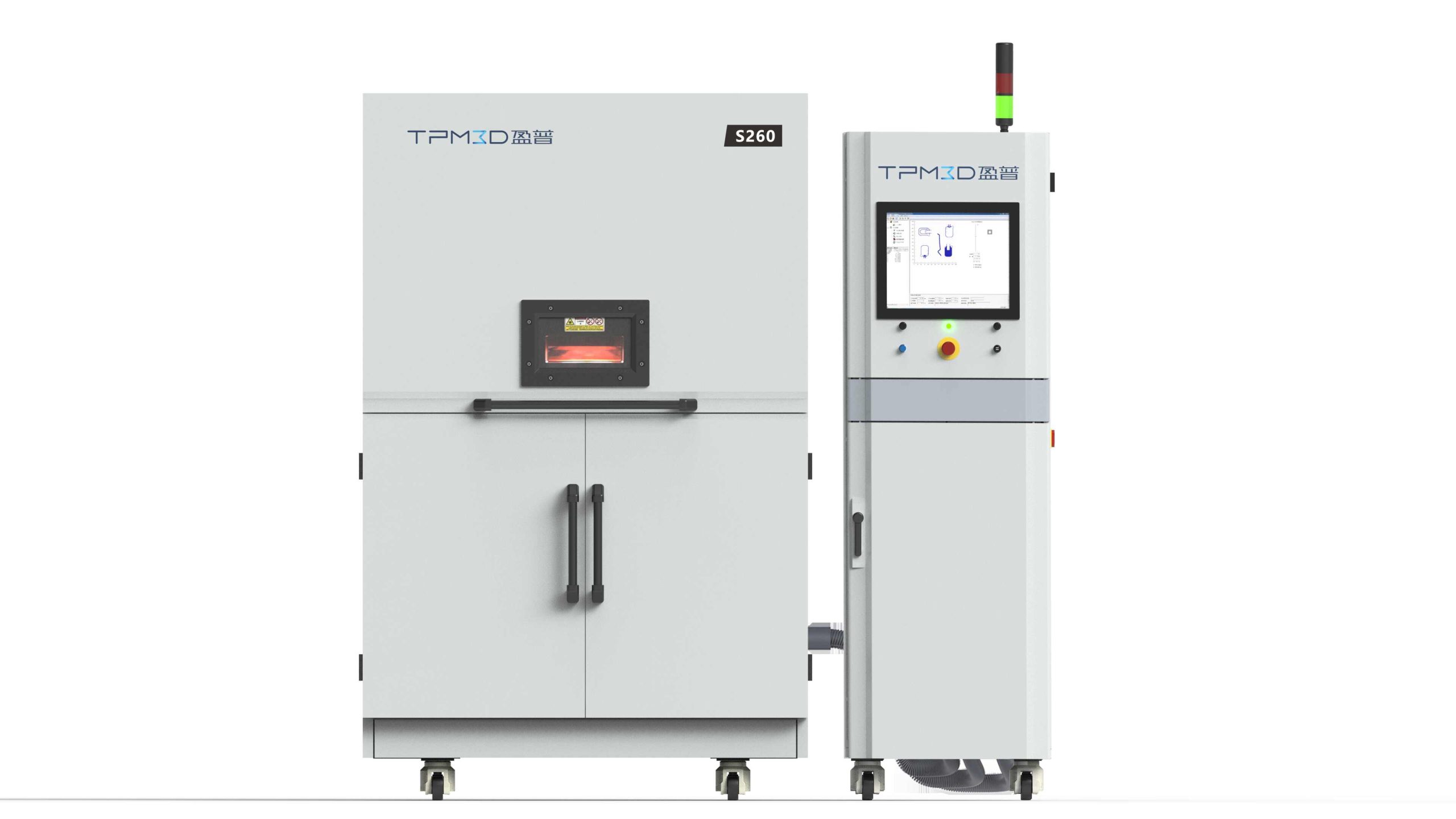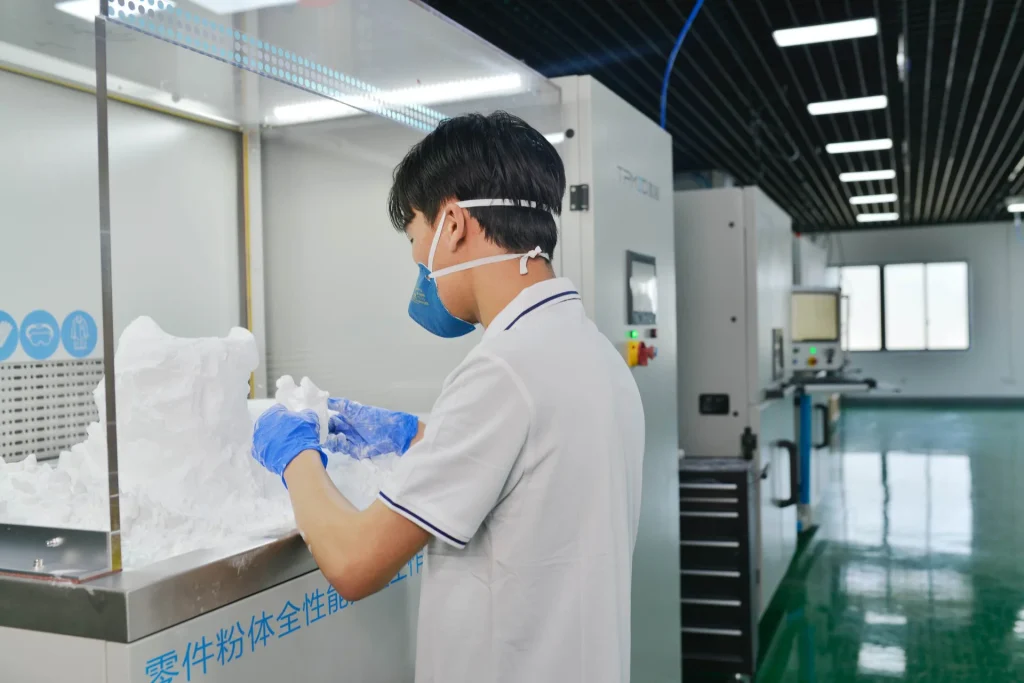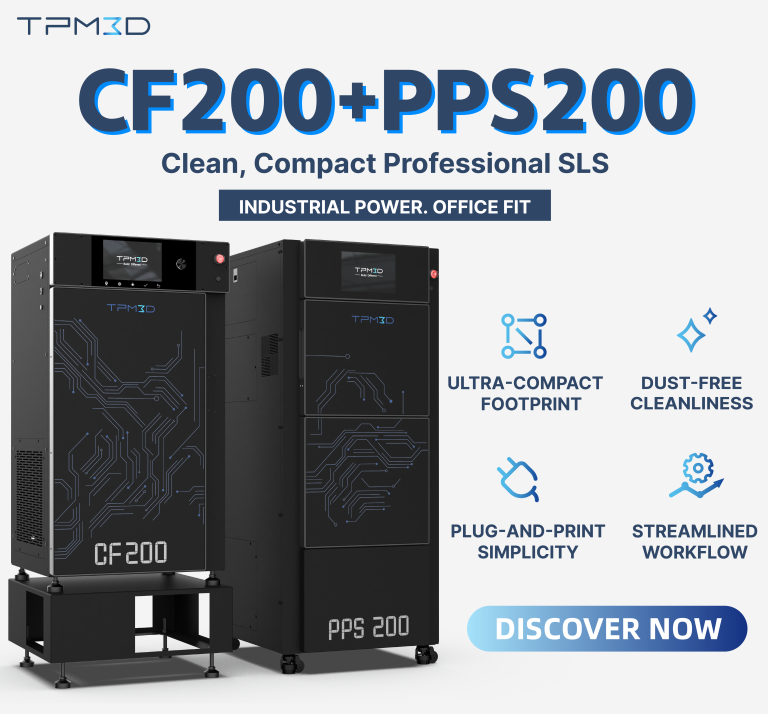The robotics revolution is no longer science fiction. Viral moments like Boston Dynamics’ Atlas robots defying gravity with complex parkour moves and DARPA Challenge contenders navigating simulated disaster zones underscore how robots are shattering application barriers. With industry leaders like Unitree and Tesla accelerating mass production plans, 2025 is widely hailed as the “Year of Mass Production” for intelligent robotics.
This surge demands a quantum leap in component manufacturing: industrial robots require customization and lightweighting, while humanoids push the limits with complex, biomimetic structures. Traditional manufacturing methods are straining under these new pressures.
Enter 3D printing. The maturity of additive manufacturing, particularly Selective Laser Sintering (SLS), is forging a new path for robotics component production. From optimized end-of-arm tooling for industrial robots to structural parts for mapping drones and full-body components for humanoids, 3D printed solutions using materials like Nylon 12 are proving reliable for both rapid prototyping and end-use production.
As a core industrial 3D printing technology, SLS stands out due to its material versatility, ability to create complex, support-free parts in single builds, and high production efficiency. TPM3D, leveraging over two decades of technical expertise, has established a comprehensive SLS solution ecosystem specifically engineered to meet the rigorous demands of next-generation robotics manufacturing.
Three Case Studies: SLS in Action
Humanoid Robotics: Lightweighting Takes Center Stage
For a humanoid robotics project, TPM3D employed its P360 SLS printer and Precimid1172 Pro GF30 BLK (glass fiber-reinforced nylon) to manufacture critical body and limb structural components.
Utilizing intricate lattice designs for optimal strength-to-weight ratios, the parts achieved significant weight reduction without compromising structural integrity.
The P360’s large build volume (360x360x600mm) enabled the production of 52 parts (3 full sets) in a single 32.5-hour job.
TPM3D’s optimized powder management strategy (utilizing 20% new powder + 80% recycled powder) maximized material efficiency. Total powder consumption was 46.78kg, but only 9.36kg of virgin powder was used, dramatically lowering per-part costs.
Industrial Robotics: Accelerating Core Component Validation
An industrial robot manufacturer faced protracted design cycles and high validation costs. TPM3D’s SLS technology provided the solution by enabling the direct printing of robotic arm base fixtures. This allowed for rapid physical prototyping, immediate structural testing, and swift design optimization, shortening the R&D timeline and paving the way for smooth mass production.
Self-Driving Patrol Vehicles: Large-Part, Single-Step Manufacturing
Dubai-based MicroPolis Robotics utilized TPM3D’s large-format S600DL dual-laser SLS printer and high-reusability Precimid1176 Pro GF30 BLK material to produce a front-end structural component for a self-driving patrol vehicle.
Compared to traditional metal fabrication, TPM3D’s SLS offered single-step, support-free production, slashing the lead time from 4 days to just 2 days. The component’s weight plummeted from 27kg to a mere 4kg – an 82% reduction – directly enhancing vehicle range and maneuverability.
Three Core Advantages: Overcoming Traditional Manufacturing Hurdles
Traditional methods like CNC machining or injection molding often falter with complex robotics parts, burdened by high tooling costs, slow iterations, and material waste. TPM3D’s SLS technology overcomes these limitations through precise laser sintering of powder materials, offering decisive benefits:
- Strength & Lightweighting: SLS parts exhibit excellent, isotropic strength (consistent in all directions, including the Z-axis), ensuring reliability under dynamic stresses – whether from repetitive industrial gripping or the impact of a running humanoid leg. Simultaneously, SLS enables the creation of intricate, hollow structures, making it the ideal replacement for heavy metal parts, achieving weight reductions exceeding 80% for greater robot agility and energy efficiency.
- Support-Free Fabrication of Complex Geometries: The inherent nature of the powder bed provides natural support during printing. This is revolutionary for intricate robotics components like multi-sensor housings or topology-optimized arm structures. SLS allows the direct production of complex internal channels, lattices, and organic shapes without sacrificial supports, enabling designs impossible with conventional methods.
- Agility for Rapid Prototyping & Small Batches: SLS excels in the fast-paced world of robotics R&D. It enables the direct conversion of digital models into functional parts, eliminating costly and time-consuming tooling. This drastically shortens development cycles, accelerates design iterations, and facilitates cost-effective low-volume production for testing or niche applications.
Furthermore, TPM3D’s SLS solutions boast a robust industrial material portfolio (including PA, PP, TPU, PEEK, PEKK) catering to diverse needs from general structures to high-temp, high-wear components. Coupled with exceptional dimensional accuracy (±0.2mm/100mm), TPM3D ensures precision fit and function for even the most complex robotic assemblies.
Technology Empowering the Future of Robotics
As robots evolve towards greater intelligence and flexibility, SLS 3D printing is poised to play an increasingly critical role across the sector:
Industrial Robots: Enabling custom end-effectors, lightweight arms, and rapid development of integrated functional housings.
Humanoid Robots: Supporting the R&D and production of complex assemblies like multi-sensor heads, biomimetic dexterous hands, shells, and structural frames.
Core Component Development: Accelerating the prototyping and small-batch production of vital parts like gearboxes and motor housings.

